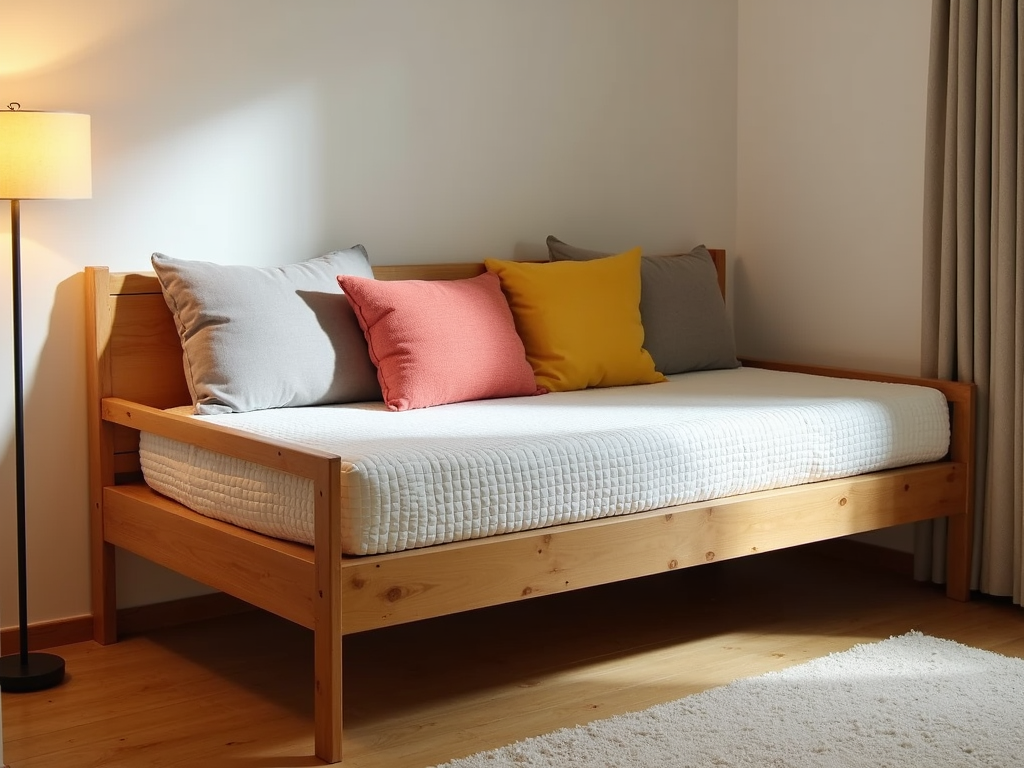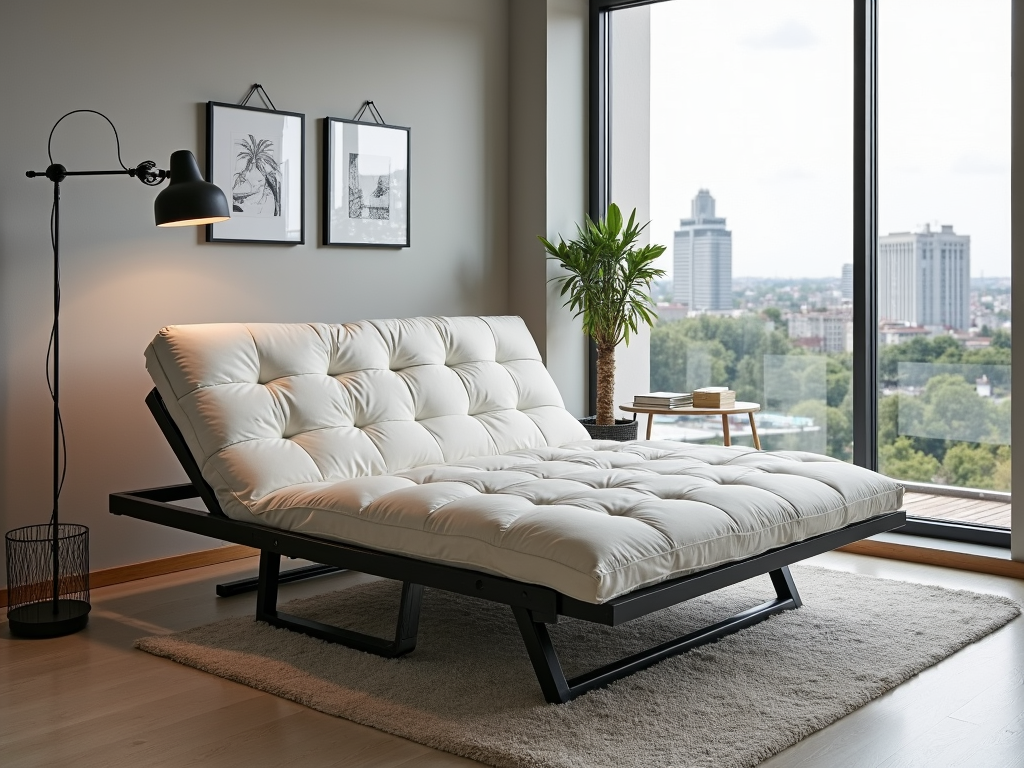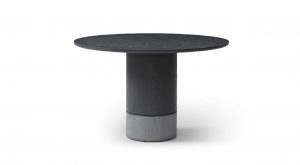Featured Post
How to Choose the Right Futon for Your Home: A Comprehensive Guide
Choosing the right futon for your home can transform your living space. It’s not just about finding a piece of furniture—it’s about comfort, style, and making the most of your room. This guide walks you through everything you need to know, from picking the perfect futon to keeping it in great shape.
What Is a Futon and Why Does It Matter?
A futon is a unique piece of furniture that works as both a sofa and a bed. It started in Japan as a simple mattress, but today’s futons come with frames and cushions, blending practicality with style. Picking the right one matters because it can save space, add charm, and make your home more welcoming.

Key Factors to Consider When Choosing a Futon
Picking the right futon isn’t a one-size-fits-all decision. Here’s what to think about:
Size and Space
Measure your room first. A futon needs space to sit and unfold into a bed. Think about its size as a sofa and as a bed. For small spaces, a twin-size futon works well, while larger rooms might handle a queen.
Material
The mattress material affects comfort and durability. Here’s a quick breakdown:
| Material | Pros | Cons | Price Range |
|---|---|---|---|
| Cotton | Soft, affordable | Flattens over time | $50-$150 |
| Foam | Firm, holds shape | Costs more | $100-$300 |
| Innerspring | Supportive, durable | Heavier, pricier | $150-$400 |
Style
Futons come in many looks—modern metal frames or classic wooden ones. Pick one that matches your home’s vibe.
Functionality
Will it be a daily bed or an occasional sofa? For heavy use, go for a strong frame and thick mattress.

My Journey with Futons: Lessons Learned
I’ve had my share of futon experiences. My first was a cheap cotton one—soft at first, but it sagged after a year. Later, I splurged on an innerspring model. It’s been three years, and it still feels supportive. That taught me to prioritize quality over price, especially if you’ll use it often.

Futon Furniture Maintenance Tips
A good futon lasts longer with care. Here are simple ways to keep it in top shape:
- Clean It: Vacuum weekly to remove dust. Spot-clean spills with mild soap and water.
- Rotate It: Flip the mattress every few months so it wears evenly.
- Cover It: Use a washable cover to shield it from stains.
- Frame Care: Dust wooden frames and polish them yearly.
These steps keep your futon looking and feeling fresh. According to Sleep Foundation, regular cleaning can extend mattress life by years.

Why the Right Futon Makes a Difference
A futon isn’t just furniture—it’s a solution. In small homes, it saves space. For guests, it’s a comfy bed. The right one also lifts your room’s style. Research from Harvard University’s Center for Health and the Global Environment shows comfortable furniture improves well-being—something I’ve felt firsthand with a good futon.

How to Test a Futon Before Buying
Don’t just look—try it out. Sit on it. Does it feel sturdy? Lie down. Is it comfortable? Check the frame—does it wobble? A quality futon feels solid. I once skipped this step and ended up with a creaky frame. Lesson learned: test it first.

Common Mistakes to Avoid
People often rush futon shopping. Don’t buy without measuring your space—too big, and it won’t fit; too small, and it looks odd. Skipping quality for a low price is another trap. A cheap futon might save money now but cost more when it breaks fast.

Final Thoughts
Choosing the right futon for your home comes down to knowing your space, needs, and style. Focus on size, material, and how you’ll use it. Keep it maintained with easy tips, and it’ll serve you well for years. This guide gives you the tools to make a smart pick.









